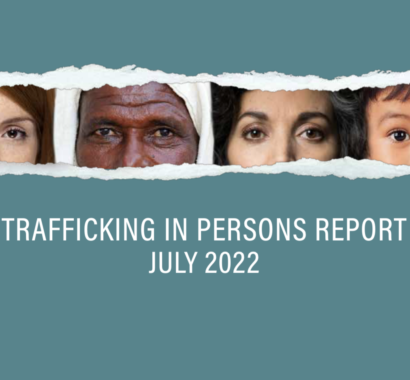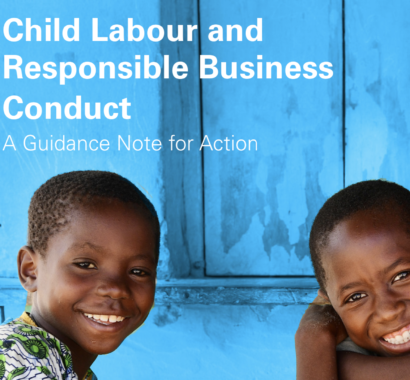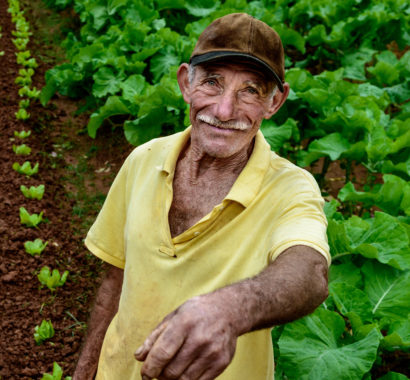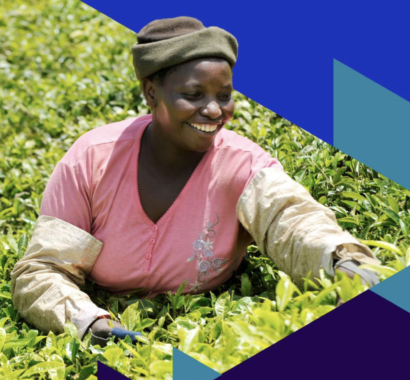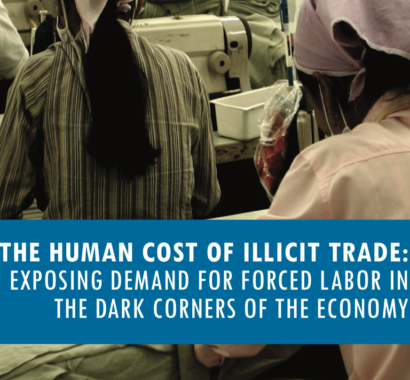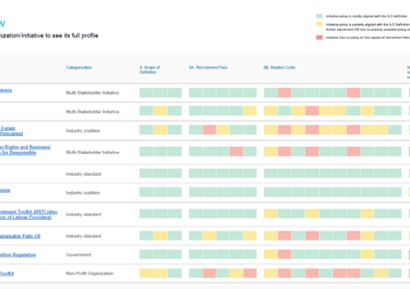2022
Trafficking Risks in Sub-Saharan Supply Chains
This website by Verité features reports on 22 major African export commodities, and on all 49 sub-Saharan African countries. The reports provide information about industry and national characteristics relevant to trafficking risk, as well as an analysis of risk factors associated with each commodity and country. The site also shares resources for companies e.g. on compliance systems.

